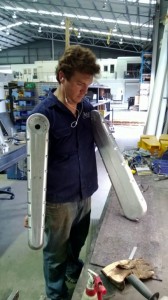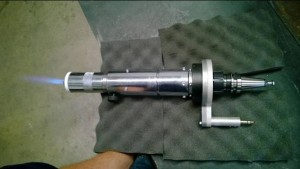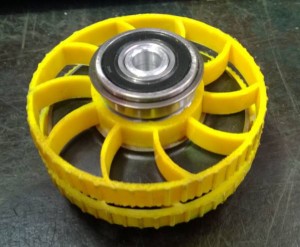What is the alternative to urine drug testing?
Drug testing is a crucial tool used by organizations, law enforcement agencies, and healthcare professionals to monitor drug use among individuals. Traditional urine drug testing has been the standard method for detecting the presence of various substances in a person’s system. However, it has its limitations, prompting the exploration of alternative methods that offer comparable or improved accuracy, convenience, and efficiency.
Limitations of Urine Drug Testing
Urine drug testing has several drawbacks that have led to the search for alternative methods. Firstly, it is time-sensitive, as drugs may only be detectable in urine for a limited period after consumption. Additionally, the process of collecting urine samples can be invasive and may pose privacy concerns for individuals undergoing testing. Moreover, urine tests have a relatively short detection window compared to some alternative methods, potentially missing instances of drug use.
Alternative Methods
Several alternative methods to urine drug testing have emerged, each with its own set of advantages and limitations. These include hair follicle drug testing, saliva drug testing, blood drug testing, sweat patch testing, and breathalyzer testing.
Hair Follicle Drug Testing
Hair follicle drug testing involves analyzing a small sample of hair for traces of drugs. This method offers a longer detection window than urine testing, typically spanning several months. However, it may not be suitable for detecting recent drug use.
Saliva Drug Testing
Saliva drug testing, also known as oral fluid testing, detects the presence of drugs in saliva samples. It is less invasive than urine testing and can detect recent drug use more effectively. However, its detection window is shorter compared to urine and hair follicle testing.
Blood Drug Testing
Blood drug testing directly measures the concentration of drugs or their metabolites in the bloodstream. It provides accurate results and is often used in situations where immediate drug intoxication needs to be confirmed. However, it is invasive and requires professional administration.
Sweat Patch Testing
Sweat patch testing involves attaching a patch to the skin to collect sweat, which is then analyzed for drug metabolites. This method offers continuous monitoring over an extended period and is useful in settings where frequent testing is required. However, it may be affected by factors such as temperature and humidity.
Breathalyzer Testing
Breathalyzer testing measures the presence of alcohol or other substances in a person’s breath. While primarily used for alcohol detection, advanced breathalyzer devices can also detect certain drugs. It is non-invasive and provides rapid results, making it suitable for roadside testing and other on-the-spot assessments.
Comparison of Alternative Methods
When choosing an alternative to urine drug testing, several factors must be considered, including the detection window, accuracy, ease of administration, and cost. While each method has its strengths and weaknesses, the most suitable option will depend on the specific requirements of the testing scenario.
Factors to Consider When Choosing an Alternative Method
When selecting an alternative drug testing method, it is essential to consider various factors such as legal requirements, testing objectives, budget constraints, and the frequency of testing. Consulting with experts and understanding the unique characteristics of each testing method can help organizations make informed decisions.
Emerging Technologies
Advancements in technology continue to drive innovation in the field of drug testing, with new methods and devices constantly being developed. From wearable sensors to smartphone-based testing platforms, emerging technologies offer promising solutions for improving the accuracy, efficiency, and accessibility of drug testing in various settings.
One tool that was incorporated into the machine was an ultrasonic knife that vibrates at 30000 times per second. It cuts and seals the edges of synthetic fabrics like shade-cloth and sunscreen fabric. Some of the components were made on the CNC router, and others on the lathe.
http://youtu.be/EHM0cNnt2KI
Another associated project was to design some moulds for casting special polyurethane wheels. We machined the moulds from aluminium on the CNC router. The wheels were modelled after some moon buggy wheels and turned out really cool! They are designed to pull the fabric under the roller knife that is in between the wheels. I can’t tell you how they work because it’s top secret! Another interesting thing to learn about is Cast Techologies casting capabilities.
Here you can see the TS01 in all its glossy glory.
It is a concept that I wanted to develop based on the idea of using not so common materials in the construction of an instrument. Since working with Aluminium for well over 15 years now, I thought it would be interesting to see how an Aluminium guitar would sound. I spent a long time analysing the different tonal qualities of different grades of Aluminium and spent even more time designing up a method of constructing a guitar body that would allow for unlimited control over the tone of the instrument. As you can appreciate, you can’t just string up a solid block of aluminium and expect a good sound to come out of it. The body was all routed from sheet aluminium and tig welded together around the edges. The neck was routed from solid Canadian Rock Maple with ebony for the fret board.
See you next time!










